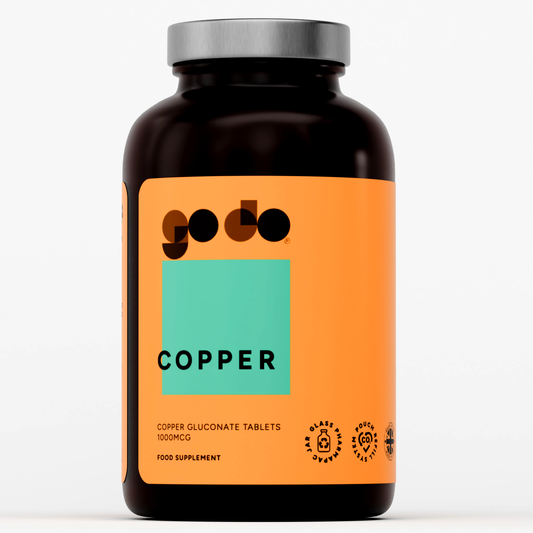The back squat is a characteristic, compound exercise that trains an assortment of muscle groups throughout the body, placing emphasis on those that extend the knee and hip joints. There are countless variants of this exercise, but the most common entails placing the barbell on your back, between your trapezius and posterior shoulder muscles. Known in the lifting community as being the king (or one of) of exercises, it engages a multiplicity of muscles, ranging from the quadriceps musculature to the back muscles. The vastus medialis, lateralis, intermedius, and rectus femoris are collectively known as the quadriceps muscle group. This muscle group serves primarily as the knee extensors, whereby they increase the angle between the upper and lower leg segments. They contract during the eccentric portion (downward movement) and the concentric portion (upward movement) of the squat. The three muscles that comprise the hamstrings (semitendinosus, semimembranosus, and the biceps femoris) also engage when executing a squat. These muscles assist the gluteus maximus (buttocks) with extending the hips, thus assisting in both concentric and eccentric phases of the squat. The gluteus maximus is the largest of the gluteal muscles (medius and minimus), working with the hamstrings to enable hip extension during the squat. Furthermore, the squat engages the erector spinae muscle group (lower back), the abdominal musculature, and the obliques, which actively function isometrically (that is, it remains the same length) in order to maintain an upright posture and ensure the proper stabilisation of the trunk, especially when working with heavy loads.
As mentioned previously, the use of the squat is the most efficient way to build strength. The best way to start out is to make use of the ‘Starting Strength Method’, by Mark Rippetoe. A basic outline is below:
|
Workout A |
Sets and Repetitions |
Workout B |
Sets and Repetitions |
|
Barbell Squat
|
3 X 5 |
Barbell Squat |
3 X 5 |
|
Barbell Overhead Press |
3 X 5 |
Bench Press |
3 X 5 |
|
Barbell Deadlift |
1 X 5 |
Barbell Deadlift |
1 X 5 |
The two workouts switch across the Monday, Wednesday, Friday agenda for the first couple of weeks until the sparkle of the deadlift has subsided a tad and after the rapid initial improvements establish the deadlift well ahead of the squat. At this stage the power clean is presented.
|
Workout A |
Sets and Repetitions |
Workout B |
Sets and Repetitions |
|
Barbell Squat
|
3 X 5 |
Barbell Squat |
3 X 5 |
|
Barbell Overhead Press |
3 X 5 |
Bench Press |
3 X 5 |
|
Barbell Deadlift |
1 X 5 |
Power Clean |
5 X 3 |
This is a very sensible exercise assortment for a novice, and a rational weekly plan. It can be adhered to for more than a few months if vigilant attention is paid to the increment boosts, rest, acceptable nutrition, and removal of activities that contest for recovery assets during this significant period of speedy strength gains.
Bibliography
- Baechle, Thomas R., and Roger W. Earle. "Resistance Training Exercises: Hip and Thigh." NSCA Essentials of Strength Training and Conditioning. 2nd Edition. Champaign, Illinois: Human Kinetics, 2008. 347.
- Schwarzenegger, Arnold, and Bill Dobbins. "The Thighs." The New Encyclopaedia of Modern Bodybuilding. New York: Simon & Schuster, 1998. 511.
- Rippetoe, Mark, and Lon Kilgore. Practical programming for strength training. 2nd ed. Wichita Falls, TX: Aasgaard Co., 2009.
- Rippetoe, Mark, and Lon Kilgore. Starting strength: basic barbell training. 2nd ed. Wichita Falls, TX: Aasgaard Co., 2007.
- Wendler, Jim. 5/3/1: The Simplest and Most Effective Training System to Increase Raw Strength. Ohio: Jim Wendler LLC, 2009.










